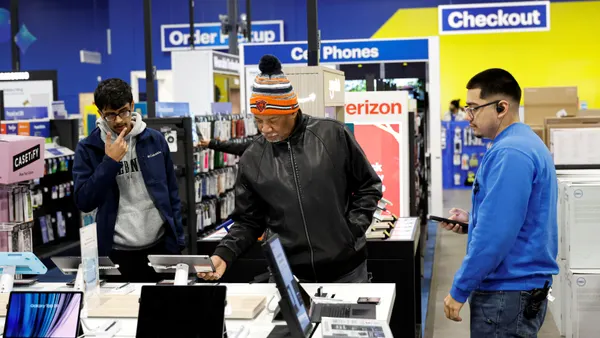Editor’s note: The following is a guest article by Leah Leachman, senior director analyst in the Gartner Marketing Practice, specializing in customer experience and how to drive customer loyalty, retention, advocacy and growth.
In today's competitive business landscape, the alignment of brand experience and customer experience has emerged as a pivotal strategy for enhancing customer satisfaction and fostering brand loyalty.
While brand experience is about crafting a compelling brand image, CX focuses on understanding and fulfilling customer needs. How these two elements work together is crucial for delivering cohesive experiences that resonate with consumers on a deeper level.
A disconnect between brand experience and CX can lead to fragmented experiences that fail to deliver on brand promises. When a brand's CX delivery does not align with its brand promise, it can result in customer dissatisfaction and erosion of trust.
For example, if a healthcare brand markets itself as designing their experiences around the customer, yet scheduling a visit isn’t accessible or easy and they fail to address customer feedback promptly, they may face backlash and negative reviews.
Such a misalignment not only affects customer retention but also hampers brand reputation and differentiation in the market.
To bridge the gap between brand experience and CX, it is essential to address customers' psychological needs through personal benefits — meaning the brand positions itself around supporting customers’ emotional needs and demonstrates that they help them to reach their goals.
Forging emotional connections with customers is commercially advantageous, too, as personal benefits are key drivers of brand commitment. Customers who have a strong commitment to a given brand are more likely to complete a purchase, have purchase exclusivity and be willing to pay a premium.
Instead of focusing purely on products, businesses that position around customers’ desired personal benefits show that they are invested in their customers, who in turn, invest back in the business.
Identify personal benefits using CX insights
In order to identify which personal benefits are most critical to your target customers, it’s important that brand teams leverage voice of the customer and customer research by partnering with CX teams who often are the stewards of this data.
Then, to effectively capture what personal benefits are most critical to your target audiences, use qualitative and quantitative insights from the CX team help to illuminate what needs are most important to your target personas so that you can drive brand preference in a meaningful way while remaining true to brand standards and your ability to deliver.
Next, brand and CX teams should collaborate to identify common critical moments across a customer's end-to-end journey and prioritize those moments to activate the brand.
For example, a retailer for women’s athletic apparel might identify moments in the customer journey that are highly emotional, such as how sizing influences personal confidence and performance. That retailer could then launch community events around gathering feedback from female athletes to understand how they want to feel in their apparel.
Partnership over project
Aligning brand experience and CX is not a one-time exercise —to actualize benefits, it should be viewed as an ongoing partnership that requires revisiting and continuous evaluation and efforts like tracking shared customer-focused outcomes.
Both marketing and customer experience teams can commit to tracking metrics such as customer satisfaction ratings, positive customer reviews and customer referrals, in addition to operational and financial metrics to make the connection between supporting the customer and supporting business objectives.
To secure the connection between brand and CX, both teams can establish regular meetings and checkpoints to share voice of customer research and insights. Once a business identifies personal benefits, leaders should integrate them into brand and CX strategy documents, project intake forms and new project launches.
Some companies have taken this a step further and embedded a CX champion into their brand teams to proactively bring customer voice into their strategy and ideation sessions.
In order for brands to perform, they must demonstrate that they think from the customers’ perspective. To make that happen, brand and CX must be connected.











